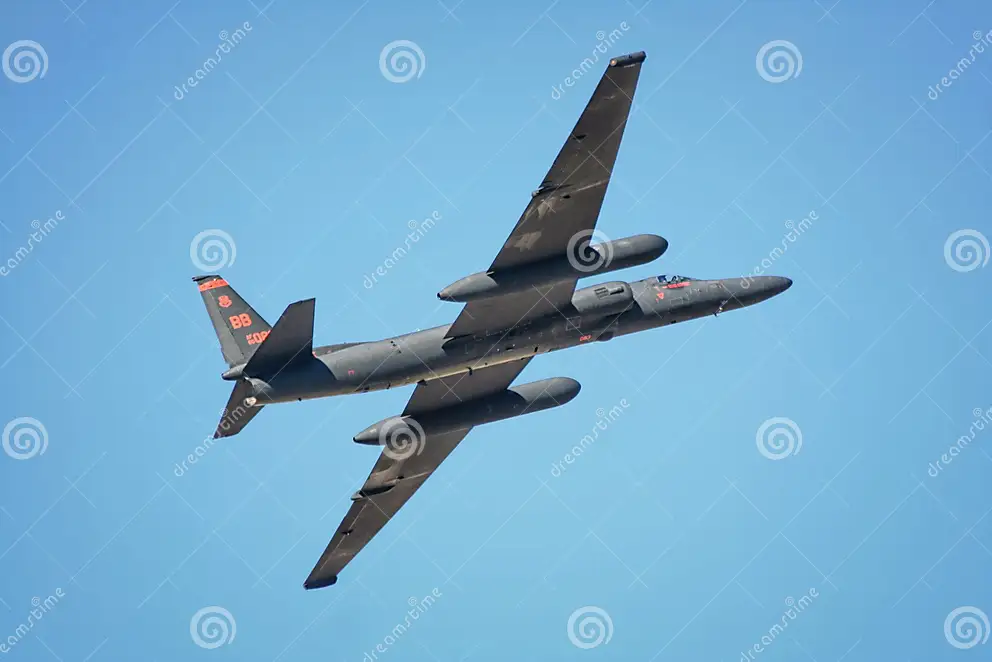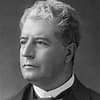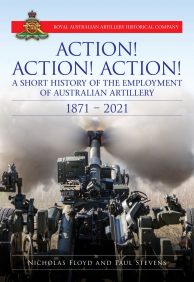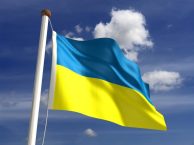
U-2 Aircraft through Avionics Upgrade
In a significant development for aviation technology, Lockheed Martin, a leading aerospace entity, has joined forces with the US Air Force to pilot the U-2 Dragon Lady under the Avionics Tech Refresh (ATR) program. This partnership is paving the way for enhanced aviation capabilities for the U-2 aircraft, which is notable for its legacy and service.
Post-launch, the U-2 Dragon Lady was put through its paces, managing to accomplish a low-altitude functional test flight. The main purpose of this flight was to integrate a range of state-of-the-art upgrades including new avionics, advanced cabling infrastructure, and cutting-edge software.
The core objective of the ATR initiative is the comprehensive modernization of the U-2’s inherent systems. Highlights of these advancements include:
- An upgraded avionics suite equipped with superior communication, navigation, and display technologies.
- A revamped cockpit which boasts an improved data visualization and user interface.
- The introduction of a groundbreaking mission computer tailored to integrate seamlessly across multiple domains such as air, space, sea, land, and even the cyber realm.
Expressing his excitement on the progression of the ATR program, Sean Thatcher, the program manager for Lockheed Martin Skunk Works U-2 Avionics Tech Refresh, stated that the successful maiden flight under the ATR is indicative of the monumental strides being taken towards the U-2’s transformation. The aim is to set the U-2 on track to be the vanguard of fully open mission systems-compliant fleets.
Thatcher elaborated, “This successful first flight of the U-2 Avionics Tech Refresh marks not just an achievement but a pivotal step in our mission to swiftly and economically introduce new and advanced capabilities.” He further added, “By harnessing the aircraft’s open architecture, we are setting the stage for future Joint All-Domain Operations battlespace, thereby elevating our defense mechanisms.”
To ensure optimal functionality and seamless interoperability aligned with operational requisites, additional testing is on the horizon. The goal is to establish a robust software foundation before the full-fledged introduction of the mission systems.
Highlighting the financial aspect of this venture, it’s worth noting that the US Air Force had sanctioned the U-2 ATR contract back in 2020, with an allocation of $50 million. This significant investment underscores the importance of the U-2 aircraft and its anticipated role in the evolving landscape of aviation technology.





I remember the U2 planes taking off at Bien Hoa when we were on “Stand to” in the mornings for their daily flight over North Vietnam. They returned while we were Stood To in the evenings. I was told by some US Airforce blokes that their total fuel load was only 4 hours, and they attained their altitude of 100,000 feet and switched of and spent the day gliding over their target area. It was quite a few years before the other side could shoot them down, apparently they knew they were up there, but had nothing that could reach them.
I remember U2 aircraft based at Laverton and East Sale RAAF bases in Victoria in 1962 – the 57th Weather Reconnaissance Squadron. I believe that they flew high-level radiological survey missions over Tasmania and Antarctica as part of a top secret effort to determine the size of the Soviet Union’s nuclear arsenal.
I remember USAF U2s taking off from RAAF Laverton and RAAF East Sale bases in 1964 – ie the 57th USAF Weather Reconnaissance Squadron. They flew over Tasmania and Antarctica – gathering radiological intelligence in the upper atmosphere on Soviet nuclear testing fallout etc. A US RB-47 (ie Canberra type) aircraft crashed just northwest of the RAAF Laverton strip – crew perished.